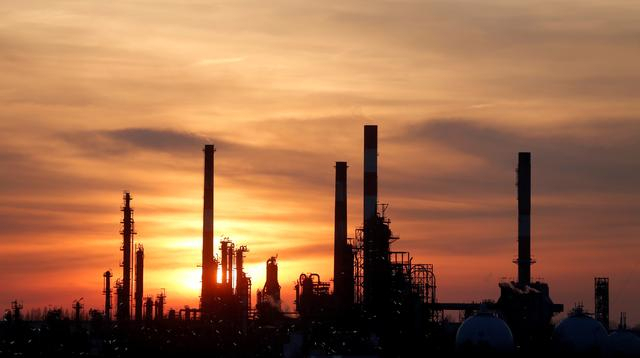U.S. Treasury Secretary Steven Mnuchin said late on Tuesday that tariffs on Chinese goods will remain in place until the completion of a second phase of a U.S.-China trade agreement, even as both sides are expected to sign an interim deal later on Wednesday.
Brent crude LCOc1 was down 19 cents, or 0.3%, at $64.30 per barrel by 0428 GMT. U.S. West Texas Intermediate crude futures CLc1 were down 19 cents, or 0.3%, at $58.04 a barrel.
“A pickup with global demand for crude may struggle as U.S.-Chinese tensions linger after some hardline stances from the Trump administration,” said Edward Moya, analyst at brokerage OANDA.
“Financial markets are disappointed that the Trump administration ... signaled tariffs will remain in place until after the 2020 U.S. Presidential election, depending on whether China comes through on their promises with the phase-one agreement.”
U.S. President Donald Trump is slated to sign the Phase 1 agreement with Chinese Vice Premier Liu He at the White House on Wednesday. That agreement is expected to include provisions for China to buy up to $50 billion more in U.S. energy supplies.
Adding to worries over U.S.-China trade relations, the U.S. government is nearing publication of a rule that would vastly expand its powers to block shipments of foreign-made goods to Chinese technology giant Huawei, according to two sources.
Meanwhile, U.S. crude inventories rose by 1.1 million barrels, data from the American Petroleum Institute showed, countering expectations for a draw.
U.S. oil production is expected to rise to a record of 13.30 million barrels per day in 2020, mainly driven by higher output in the Permian region of Texas and New Mexico, the U.S. Energy Information Administration (EIA) said.
More about:
















































